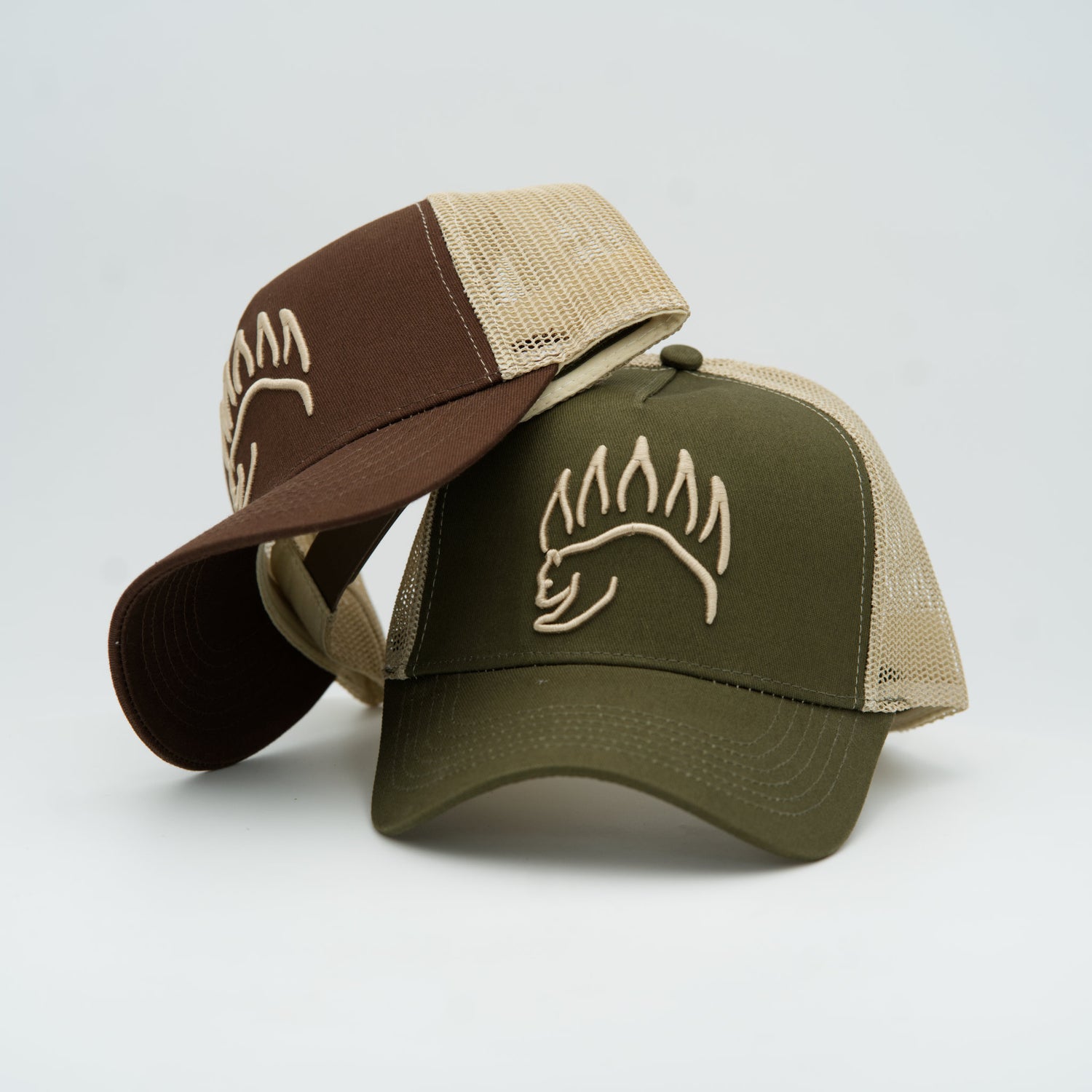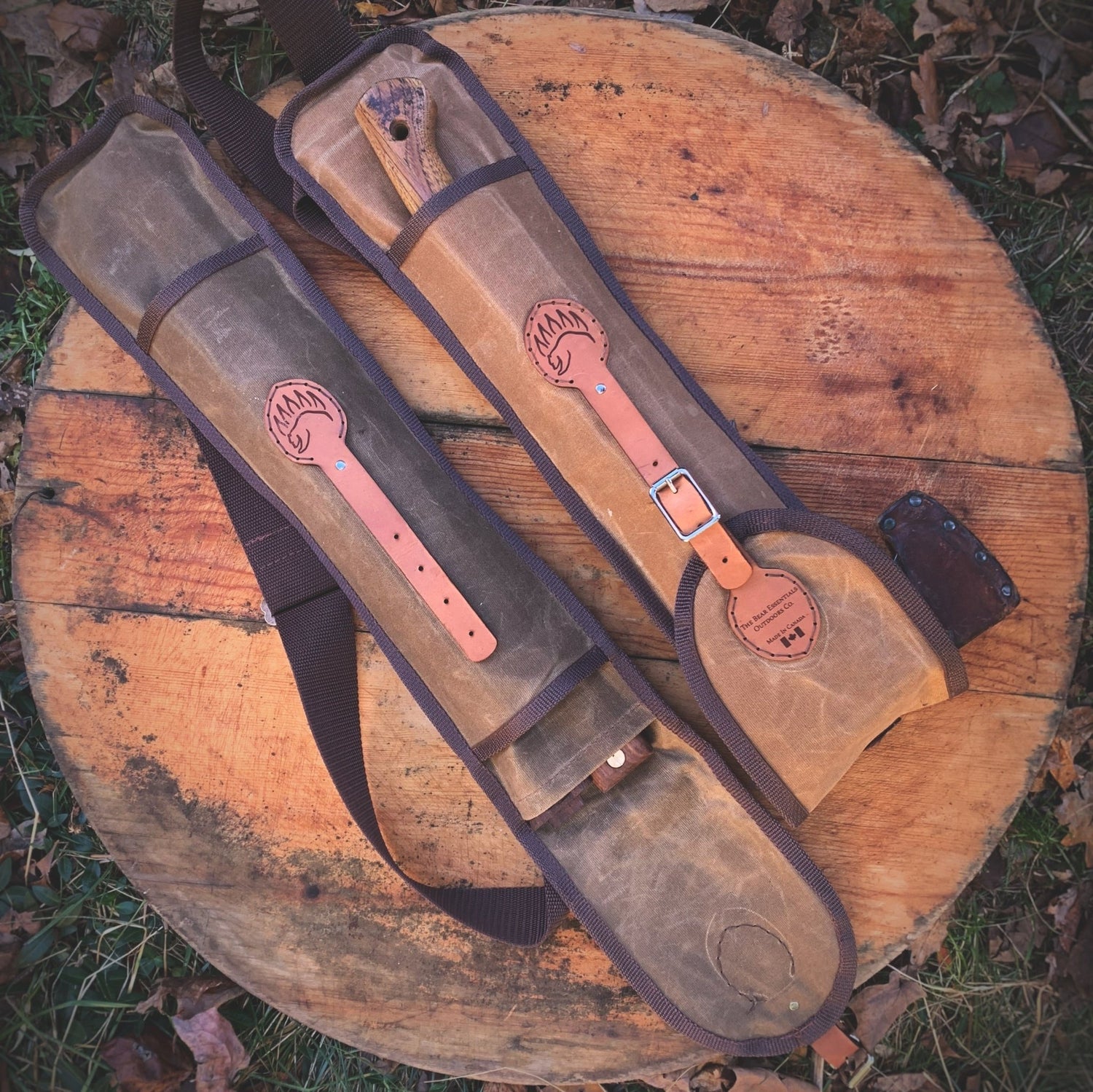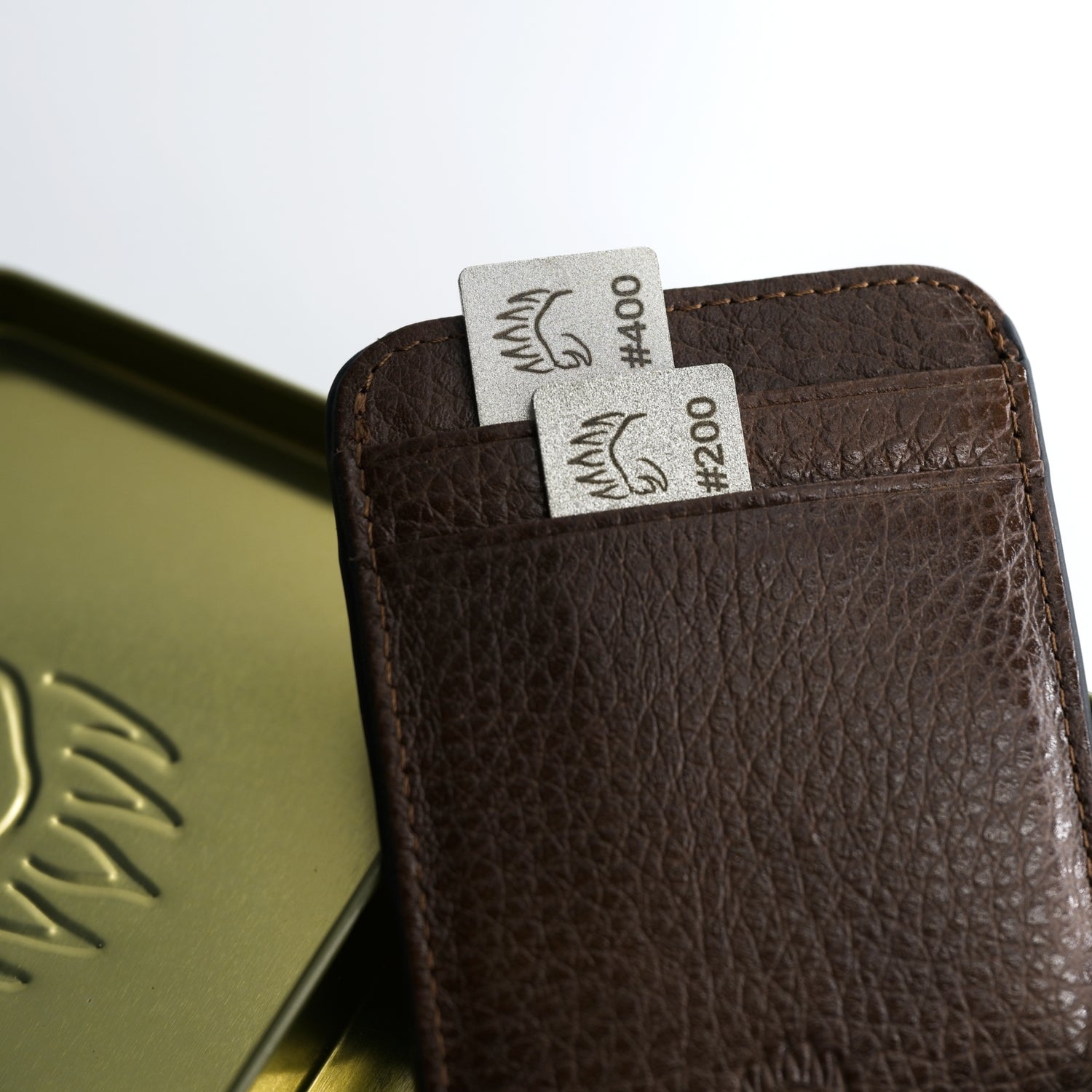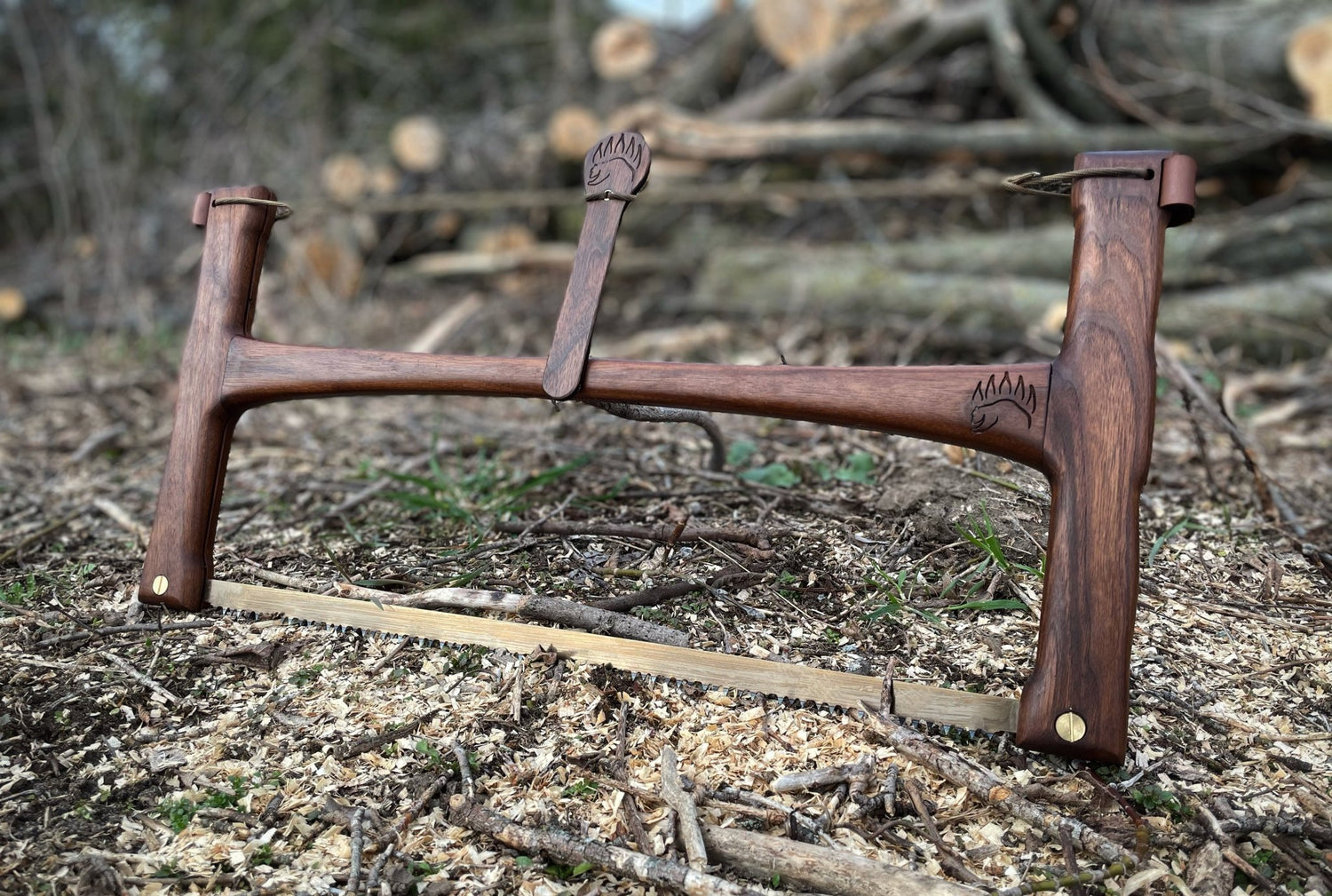The Bellringer Knot is probably one of the coolest knots you probably never heard of. The knot holds in place if there's tension on the line. But if you give it a tug, the whole thing easily comes loose.
What is a Bellringer Knot Good For?
The bellringer knot is useful for lowering tools and gear when your rope is too short to double back on itself.



This is extremely helpful when camping in the backcountry. Simply tie the knot around your backpack handle, lower the pack down, and tug the rope back up to loosen its hold around the handle. Now you can use it to lower something else. After that, you can safely climb down the ridge.
How to Tie the Bellringer Knot Step by Step
Tying this knot is so easy it can be done in just a few seconds. But as with any other knot, it's going to require a lot of practice. So, grab your rope and follow along
Step 1:
Take your rope and feed it through an anchor point, such as a backpack handle. With your right hand, take your standing end and perform an overhand turn to form a loop. To perform an overhand turn, simply imagine that you're turning the car's ignition to the ON position.

Step 2:
With your left hand, take the free end and pinch a bight in that rope until it forms a U-shaped fold.


Step 3:
Push that U-shaped fold through the loop of the rope up to three inches across

Step 4:
With your left hand, hold on to the two lines of the rope. Use your right hand to pull the standing end to tighten the knot and form a bellringer

Tying a bellringer knot requires a lot of practice. Tighten it slowly and evenly to prevent the knot from collapsing and unraveling. With smooth pressure, the knot will bight down on itself and hold the tension. When you release that tension, the line will come completely free.
What Kind of Rope Works Best with the Bellringer Knot?
Tying this knot is so easy it can be done in just a few seconds. But as with any other knot, it's going to require a lot of practice. So, grab your rope and follow along
You can pretty much use a thin or thick rope to tie a bellringer, but it does work better with some types of ropes than others.

Thin and supple ropes like nylon paracords don't really work as well. But it is possible if you have enough patience and practice.

Using Kevlar or Dyneema ropes to tie a bellringer? You're going to find them a little more challenging because they're more slippery than other types of ropes.

Your best bet is larger diameter cordage because it's stiffer and provides a little more friction. It's also important to never use this on a person or anything valuable because this knot is not to be trusted.
Want to practice tying the bellringer? Check out The Bear Essentials Knot Tying Kit complete with a pocket guide and two practice ropes. Order it here. Explore knot-tying tutorials.




